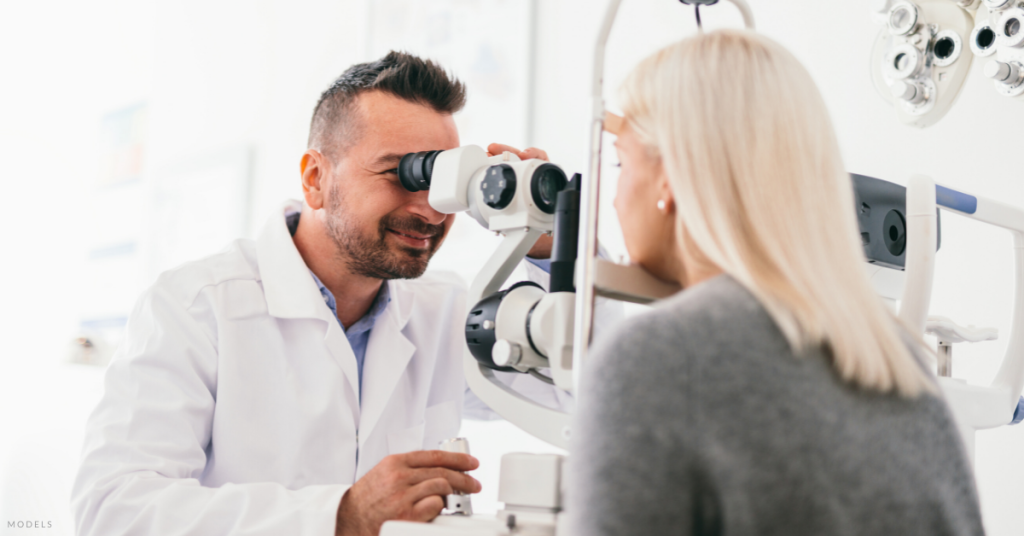Virtually everyone develops cataracts as they get older, although not all reach the point that requires surgery. Still, by age 75 about half of all Americans have cataracts, and about 4 million undergo surgery every year. Even though the goal of cataract surgery is to see more clearly, advances in laser-assisted cataract surgery and lenses can improve vision sufficiently so that glasses often aren’t needed.
What Are Cataracts?
A cataract clouds the normally clear lens of an eye, resulting in blurry vision. You may develop cataracts on either one of your eyes or both, and the severity of vision loss depends on where the cataract develops on the eye and the type of cataract. Even though certain diseases, genetics, and lifestyle habits can increase the risk of developing cataracts, the natural aging process is the primary cause of cataracts.
What’s the Difference Between Traditional and Laser Cataract Surgery?
During traditional cataract surgery, an eye surgeon creates a small incision in the cornea using a scalpel and then uses a specialized instrument to make a small opening in the capsule behind the lens. That opening provides access to the cataract, which is broken up using ultrasound waves emitted by a tiny probe. After removing the particles, an artificial lens replaces the natural lens and the incisions are sealed.
Cataract surgery using the revolutionary, FDA-approved femtosecond LenSx laser system enables eye surgeons to create a detailed, 3D map of the eye’s contours using computer software. Using this map, the laser makes incisions at an exact location, size, and depth to remove the cataract without damaging the lens. The laser also softens and breaks up harder or more developed cataracts so they can be removed more easily. Minimizing trauma to the eye in this way shortens the time needed to heal.
Why Is Laser Cataract Surgery the Best Option?
A laser’s reliable precision is something even the best eye surgeons can’t match using a scalpel. Studies show that the LenSx laser technology’s precise measurements that create the 3D imaging map produce more accurate vision repair.
That accuracy is important for patients who want to replace their natural lenses with multifocal lenses to correct distant and close-up vision.
Another benefit is that laser surgery can correct astigmatism, in addition to removing cataracts during the same surgery. The combination of corrected astigmatism with laser-assisted cataract surgery can mean the ability to see better than you have in years—or decades. And it has an equally low risk of complications or infection.
If you think you might have cataracts, take our quiz to see if you’re a candidate for laser cataract surgery. Our locations in Corydon, Indiana; Frankfort, Kentucky; and several satellite offices throughout the region are here to serve you. You can request a complimentary consultation at Dr. Black’s Eye Associates using the online form to meet with one of our eye surgeons or call us at (812) 284-0660 to schedule an appointment.







Leave a Reply
You must be logged in to post a comment.